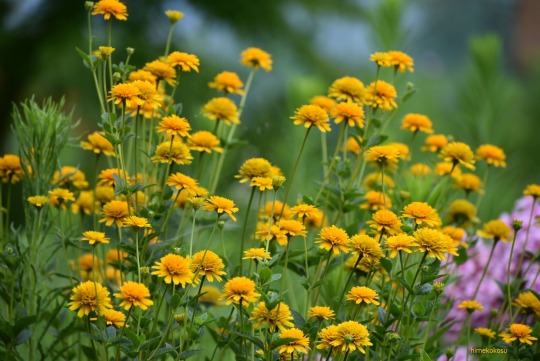#Heliopsis helianthoides
Text



#floral#flowers#false sunflower#Heliopsis helianthoides#flower photography#flowercore#plantcore#nature#nature photography#garden flowers#original photographers#photographers on tumblr
204 notes
·
View notes
Text

False Sunflower (Heliopsis Helianthoides)
Berlin, Germany
#photographers on tumblr#nature#flowers#summer#yellow#floral#flores#amarillo#verano#heliopsis helianthoides#false sunflower#rough oxeye#smooth oxeye#sunflowers#berlin#germany#vertical#original photographers#original photography
285 notes
·
View notes
Text
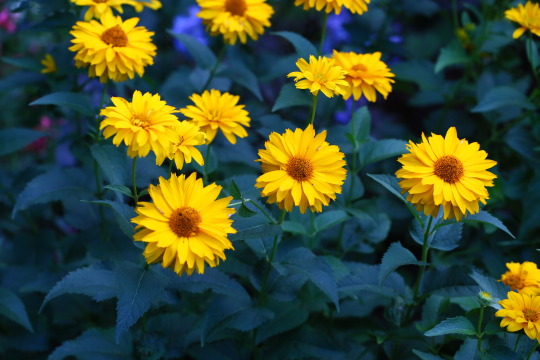



Heliopsis helianthoides - from the ancient Greek word helios, meaning sun.
#garden#flowers#gardening#gardens#photography#mygarden#Heliopsis helianthoides#macro photography#yellow#sunny#macro flower#dusk#flowers at dusk#my garden#cottage garden#macro perfection
33 notes
·
View notes
Photo
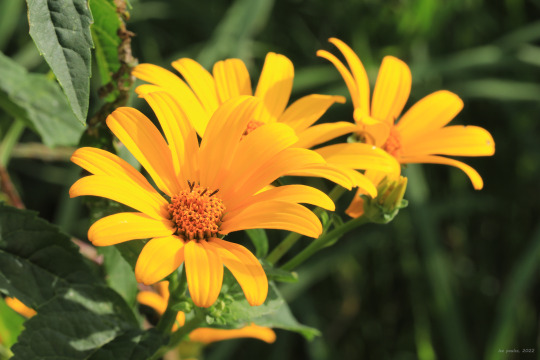
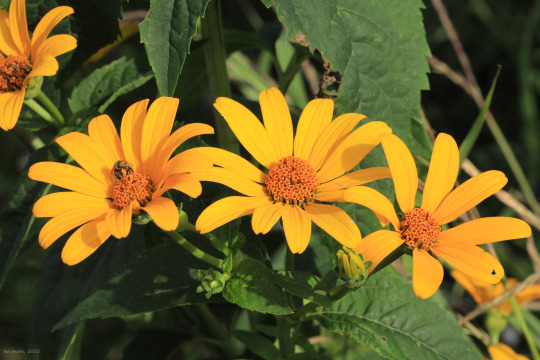

Although false sunflower (Heliopsis helianthoides), also known as common ox-eye, looks like a true sunflower at first glance, it can produce seed from both its ray and disk florets, and thus is categorized in a different genus. This robust perennial of open fields and wood edges is a truly beautiful summer wildflower, tall and rangy and overflowing with the most gorgeous gold-yellow flowers. As with the true sunflowers, false sunflower attracts pollinators in droves and is the perfect summer bloomer for a large, sunny to partly-sunny space in a native wildflower garden.
#appalachia#vandalia#west virginia#summer#wildflowers#flora#asteraceae#heliopsis helianthoides#false sunflower#common ox-eye
52 notes
·
View notes
Photo

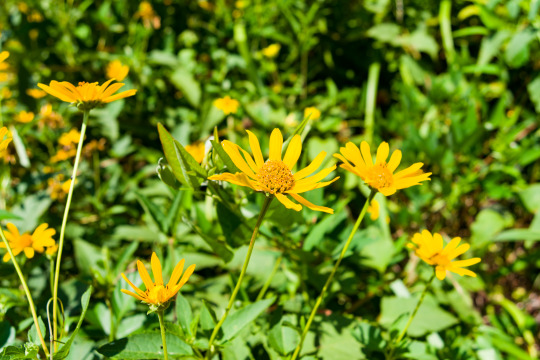
#heliopsis helianthoides var. scabra 'Summer Nights'#Jindai Botanical Garden#Tokyo#ヘリオプシス・サマーナイト#神代植物公園#東京#HD PENTAX-DA 20-40mm F2.8-4 Limited
4 notes
·
View notes
Video
Heliopsis helianthoides var. scabra 'Bleeding Hearts' by hirorin 2013
#公#ハーツ 草花 Heliopsis#helianthoides#var.#scabra#'Bleeding#Hearts' The#Hiroshima#Botanical#Garden flower park ヘリオプシス#ハーツ#公園#公園・農園#広島市植物公園#草花#広島市#広島県#日本#flickr
0 notes
Text
Night blooming flowers
Flowers for a vampirekin/nocturnalkin garden.
Alyssum ( Lobularia maritima)
Angel’s trumpet (Brugmansia)
Golden angel’s trumpet (Brugmansia aurea)
Peach angel’s trumpet (Brugmansia versicolor)
Red angel’s trumpet (Brugmansia sanguinea)
Salmon angel’s trumpet (Brugmansia vulcanicola)
Brahma kamal lotus (Saussurea obvallata)
Burning hearts (Heliopsis helianthoides var. scabra)
Cape Jasmine (Gardenia jasminoides)
Casablanca Lily (Lilium ‘Casablanca’)
Chinese quince (Chaenomeles speciosa)
Chocolate daisy (Berlandiera lyrata)
Claret cup (Echinocereus triglochidiatus)
Dame’s rocket (Hesperis matronalis)
Drooping red gum (Eucalyptus parramattensis)
Easter lily cactus (Echinopsis oxygona)
Evening primrose (Oenothera biennis)
Evening rain lily (Zephyranthes drummondii)
Flowering tobacco ( Nicotiana alata)
Foamflower (Tiarella cordifolia)
Four o’clocks (Mirabilis jalapa)
Hoary stock (Matthiola incana)
Japanese wisteria (Wisteria floribunda)
Lotus’ (Nelumbo)
Lungwort (Pulmonaria)
Mock Orange (Philadelphus coronaius)
Moonflower (Datura innoxia)
Moon vine (Ipomoea alba)
Night blooming jasmine (Cestrum nocturnum)
Night blooming water lilies (Nymphaea)
Night gladiolus (Gladiolus tristis)
Night phlox (Zaluzianskya capensis)
Night scented orchid (Epidendrum nocturnum)
Night scented stock (Matthiola longipetala)
Nottingham catchfly (Silene nutans)
Opening Night rose (Rosa x ‘Opening Night’)
Queen of the night (Epiphyllum oxypetalum)
Ten-petal blazing star (Mentzelia decapetala)
Tuberose (Agave amica)
1K notes
·
View notes
Text

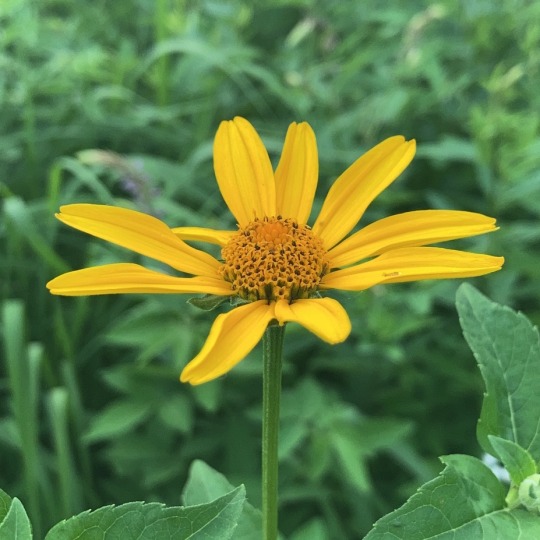


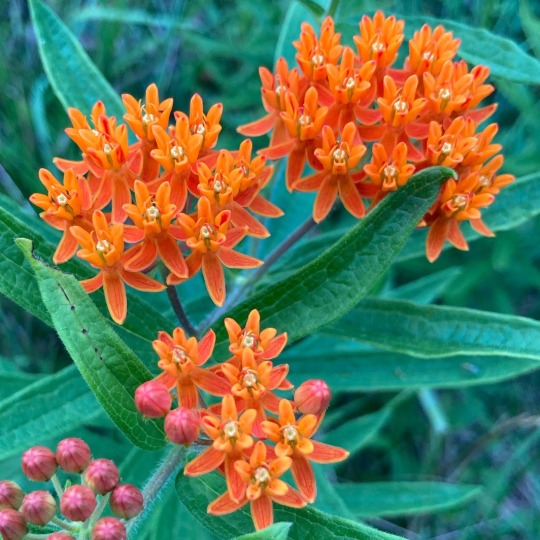
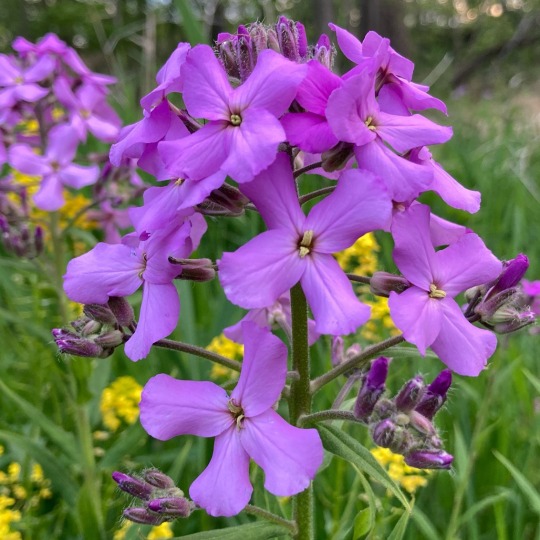


1. Chicory (Cichorium intybus), 2. False Sunflower (Heliopsis helianthoides) 3. Alsike Clover (Trifolium hybridum), 4. Virginia Springbeauty (Claytonia virginica), 5. Butterfly Milkweed (Asclepias tuberosa), 6. Dame’s Rocket (Hesperis matronalis), 7. Queen Anne’s Lace (Daucus carota), 8. Common Star-of-Bethlehem (Ornithogalum umbellatum)
11 notes
·
View notes
Text
Last time I tried this it loaded forever and nothing happened. So let's try again:

Oenothera speciosa (pink evening primrose)

Gaillardia xgrandiflora (blanket flower)

Allium schoenoprasum (wild chives)

Rubus allegheniensis (Allegheny blackberry)

Drymocallis arguta (tall cinquefoil)

Armeria maritima (thrift seapink)

Erigeron glabellus (streamside fleabane)

Aquilegia canadensis (Canada columbine)

Fragaria virginiana (wild strawberry)
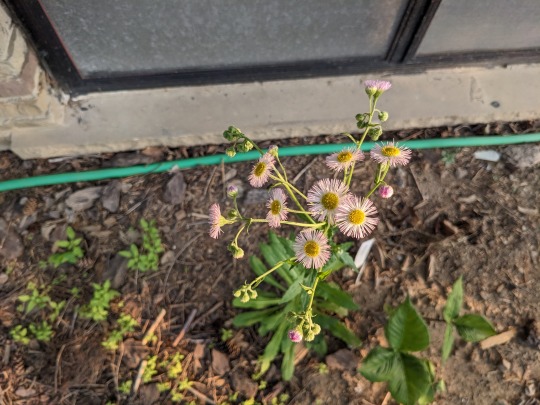
Erigeron philadelphicus (Philadelphia fleabane)

Lupinus polyphyllus (bigleaf lupine)

Mimulus guttatus (yellow monkeyflower)
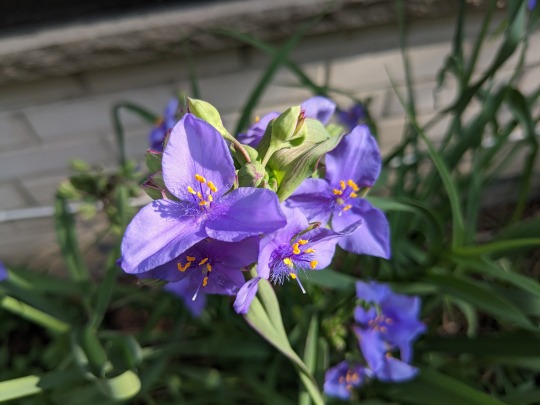
Tradescantia ohiensis (Ohio spiderwort)
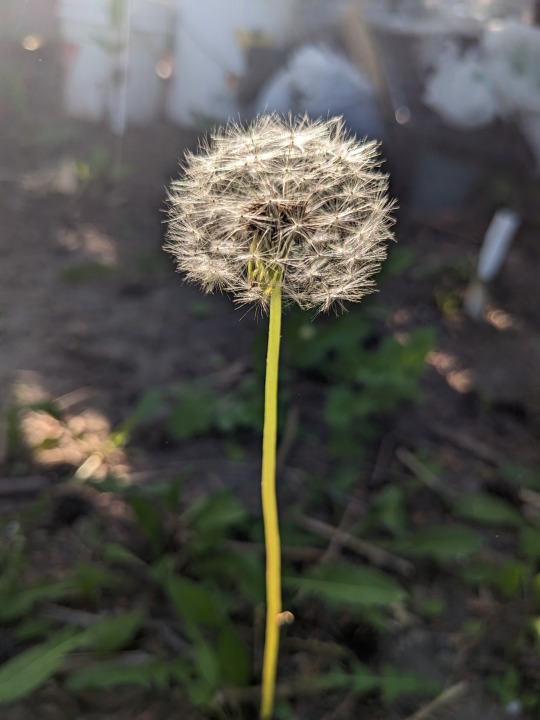
Taraxacum officinale (dandelion)

Hydrophyllum virginianum (Virginia waterleaf)

Fragaria vesca (woodland strawberry)
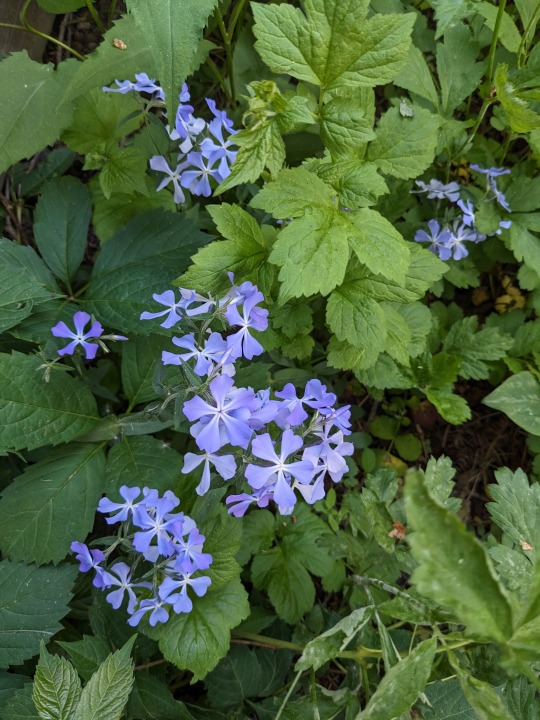
Phlox divaricata (woodland phlox)

Cerastium arvense (field chickweed)

Vaccinium angustifolium (lowbush blueberry)
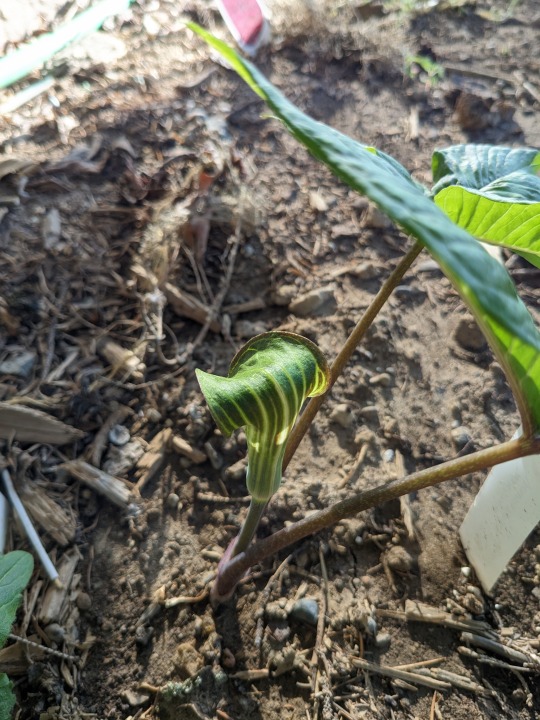
Arisaema triphyllum (jack-in-the-pulpit)

Trillium cuneatum (sweet little Betsy)

Zizia aurea (Golden alexanders)

Calctha palustris (marsh marigold)

Myosotis laxa (smallflower forget-me-not)

Trillium erectum (red wakerobin)

Uvularia grandiflora (largeflower bellwort)

Heliopsis helianthoides (sweet oxeye)

Symphyotrichum novae-angliae (New England aster)

Silphium perfoliatum (cup plant)
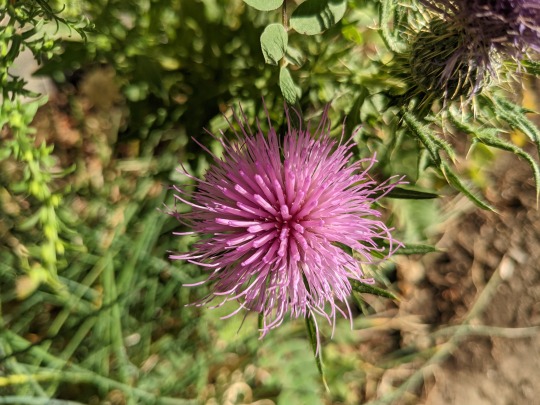
Cirsium discolor (field thistle)
And the rest will have to wait because tumblr cut me off. lol
7 notes
·
View notes
Text
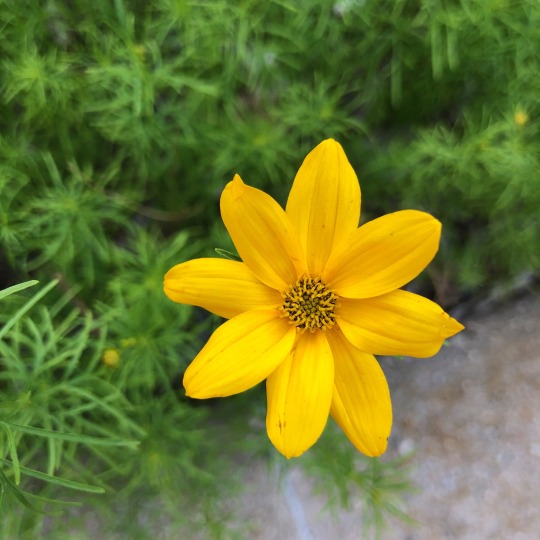
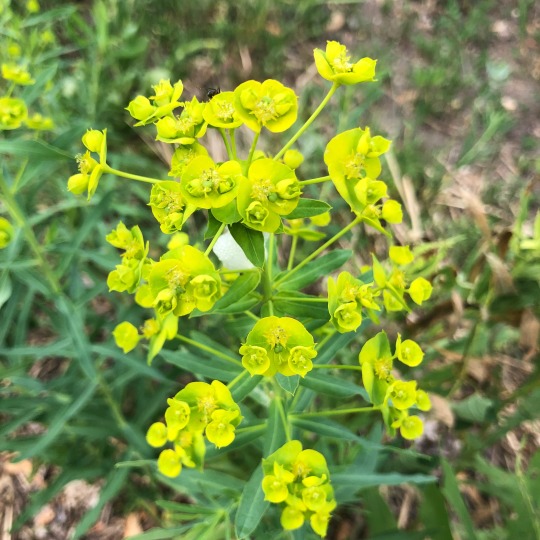



Yellow wildflowers
Coreopsis verticillata (threadleaf tickseed)
Euphorbia esula (leafy spurge)
Lotus corniculatus (bird’s-foot trefoil)
Melilotus officinalis (yellow sweet clover)
Heliopsis helianthoides (false sunflower)
4 notes
·
View notes
Text



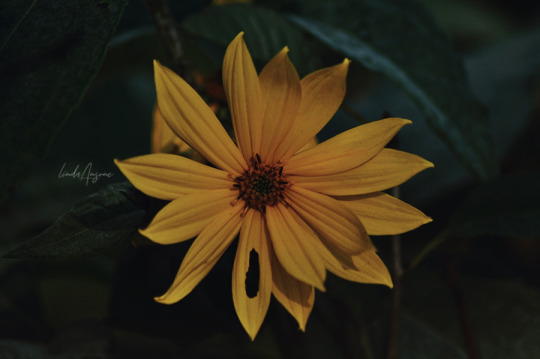
#flowers#plants#flowercore#plantcore#floral#flower photography#nature#nature photography#original photographers#photographers#false sunflower#right?#heliopsis helianthoides
160 notes
·
View notes
Text
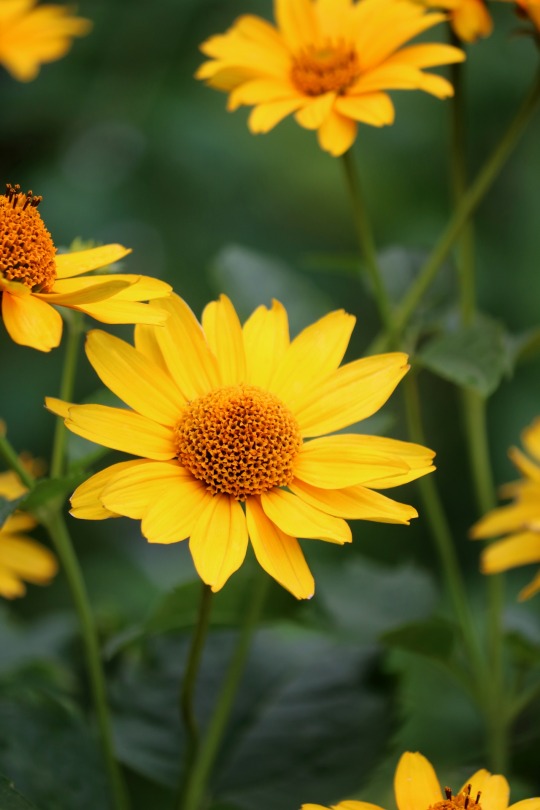
False Sunflower (Heliopsis Helianthoides)
Berlin, Germany
#photographers on tumblr#nature#flowers#yellow#summer#floral#flores#amarillo#verano#heliopsis helianthoides#false sunflower#rough oxeye#smooth oxeye#sunflowers#berlin#germany#original photographers#original photography#vertical
266 notes
·
View notes
Text
Seasonal Design
Many home gardeners create spaces filled only with the plants in bloom at their local garden center. With luck, some of these plants have been forced to bloom and in the garden will be staggered through the season. Gardeners unlucky enough to fill their beds exclusively with peonies and irises are often disappointed by June when the spring flowers fade but the true glories of summer blossoms fill the senses. Planting based on bloom time allows you to not only extend the beauty of your garden but also to transform it based on the season and support wildlife throughout the year.
In my area, prairies are the native ecosystem. They’re notoriously difficult to appreciate in a single afternoon, the scale of them makes them almost incomprehensible. A prairie is like a forest, to view it from above is to only see the canopy. However, prairies are also difficult to understand because of how greatly they change based on season. Not only the height of the vegetation but the movement, color, and palette of plants changes almost weekly. One day, you may visit a prairie and it will seem to be a sea of purples and pinks, across the plains the only flowers you see will be coneflowers (Echinacea angustifolia) and gayfeathers (Liatris pychnostachya). The next week, you’d swear you had gone to the wrong spot because the entire prairie will be orange and yellow with ox eyes (Heliopsis helianthoides) and butterflyweeds (Asclepias tuberosa).
We can perform the same magic trick in our gardens, planting flowers which will take over for those that fade and changing the floral decor to match the season. In the process, we not only create more interesting spaces but support pollinators, birds, and other wildlife throughout the growing season. However, the fun doesn’t have to stop with the first snows of winter.
When designing your garden, consider which plants will continue to provide structure in winter even if they don’t hold their foliage. Maybe they have interesting seed heads, berries, or exfoliating bark. Do their twigs add dimension to an otherwise empty space? Not every plant needs to do heavy lifting for every season, but every plant should either have at least two seasons of interest or put on a show and then get out of the way. A sweetspire (Itea virginica) has a short—though glorious—bloom season but provides a sturdy, dense canopy that prevents weeds from growing in the spring and summer and turns a vivid kaleidoscope of colors in the fall. Cup plant (Silphium perfoliatum) has large, textural foliage that grows quickly to screen a space and offers large clusters of sunflower blooms in late summer, and the stems and seeds provide winter interest. Hyacinth (Hyacinthus orientalis) only blooms in the spring and the foliage is uninteresting but dies back quickly after the flowers have faded to allow more long-lasting flowers to take its place in the garden.
Avoid planting too many evergreen shrubs as they are usually lackluster in the spring and summer and offer no color in the fall. Use them sparingly to create rhythm and structure in a landscape when mixed with deciduous shrubs and perennials. One of the most effective and striking uses of evergreens is to tuck them between and even behind deciduous shrubs so that when the autumnal color show ends, a skeleton of evergreens is revealed. As long as the evergreens get enough sunlight throughout the year, the effect will be impressive in winter and seamlessly add to the bulk of the garden in the growing season.
When planting around a home, consider how the climate and season will affect the structure and what plants can mitigate or enhance those effects. Deciduous trees should be planted to shade houses in the summer and lose their leaves to allow sunlight to provide passive heat in winter. Low-growing evergreens may be planted around unsightly foundations or to provide screening to outdoor areas which are in constant use.
Taking season into consideration when designing a garden can help to create more complex, ecologically-friendly, comfortable, and beautiful spaces the whole year round.
6 notes
·
View notes
Text

I love the sunflowers that reseed themselves. They are a hybrid of a mammoth variety (12 feet tall) and lemon queen (multiple heads of flowers). The tall, heavy flower heads cause many to uproot and fall over in high winds, but some plants manage to stay rooted and upright.
Background: rudbeckia hirta (black eyed susan) at 2 feet tall, and past that, the 8-10 foot tall heliopsis helianthoides (false sunflower)
Foreground: stokesia laevis (stoke's aster)
#garden#2023#my new neighbors are finally moved in#i wonder what they think but my flowers dont block the sidewalk or their driveway or the view of the road#but i am self conscious of my flowers#as much as i love them i am very aware of the negativity
0 notes
Link
0 notes

